
Demand Forecasting Errors and Procurement Overruns
Procurement functions have long relied on demand forecasts as the backbone of sourcing strategies, using them to shape order volumes, contract terms, and supplier commitments.

Procurement functions have long relied on demand forecasts as the backbone of sourcing strategies, using them to shape order volumes, contract terms, and supplier commitments.
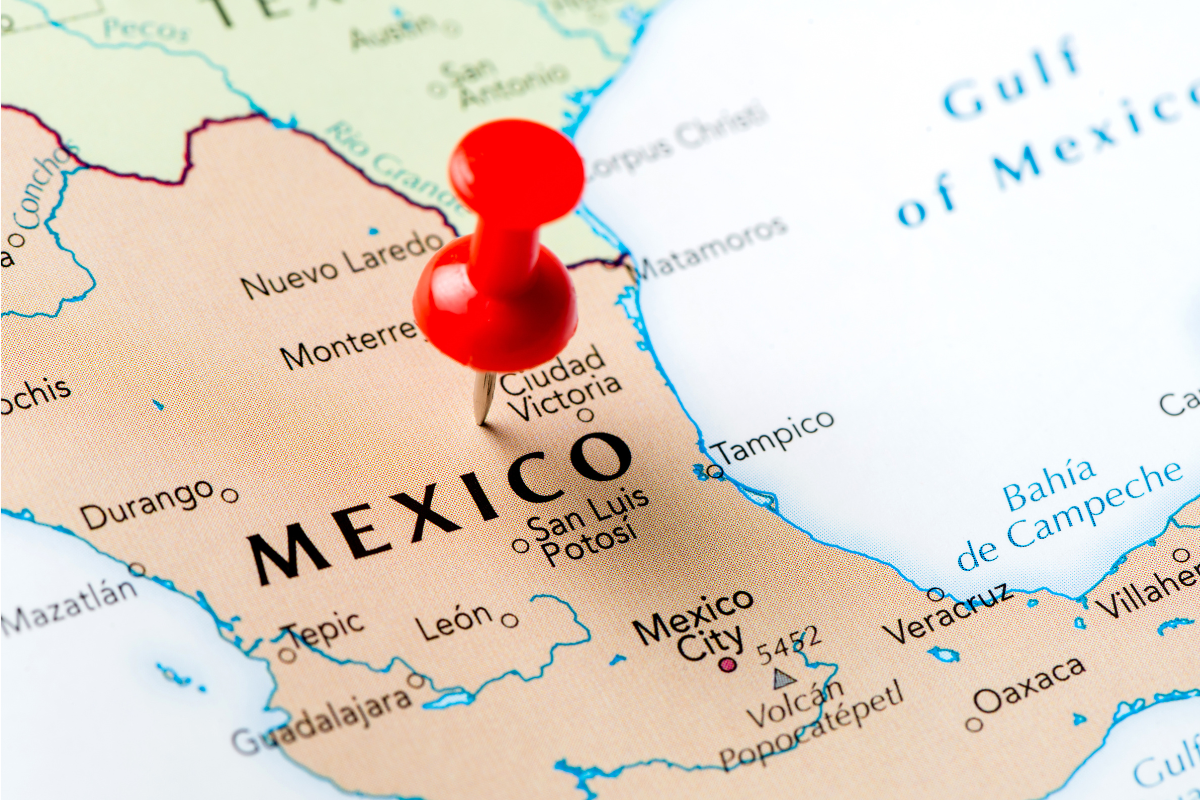
Amid intensifying trade friction and shifting global sourcing priorities, Mexico’s nearshoring ambitions are drawing renewed focus, driven by its strategic location and trade-friendly frameworks. Tariffs

As artificial intelligence gains traction in supply chains, companies are emphasizing its role in supporting, not supplanting, human workers. Companies like Amazon, Walmart, and Toyota
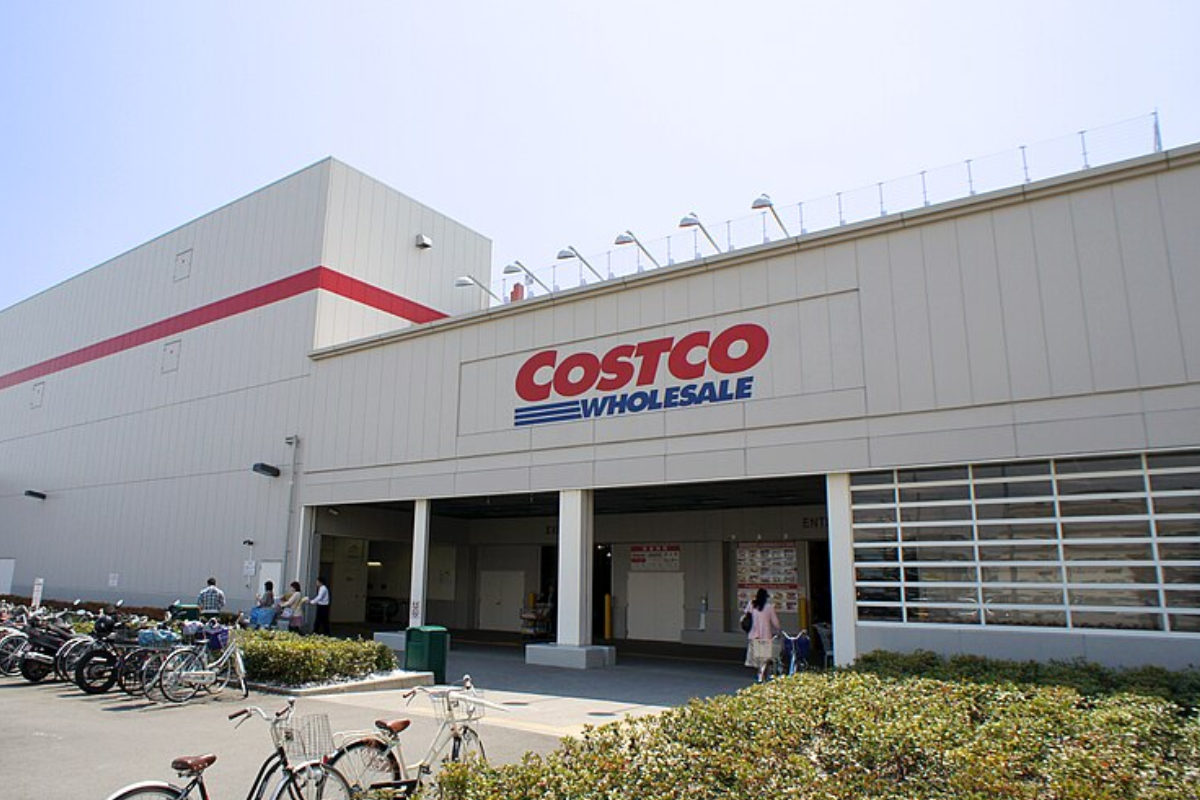
Costco has held prices steady on essentials like bananas and pineapples, absorbing margin hits to shield members from tariff impacts. The move reflects a pragmatic
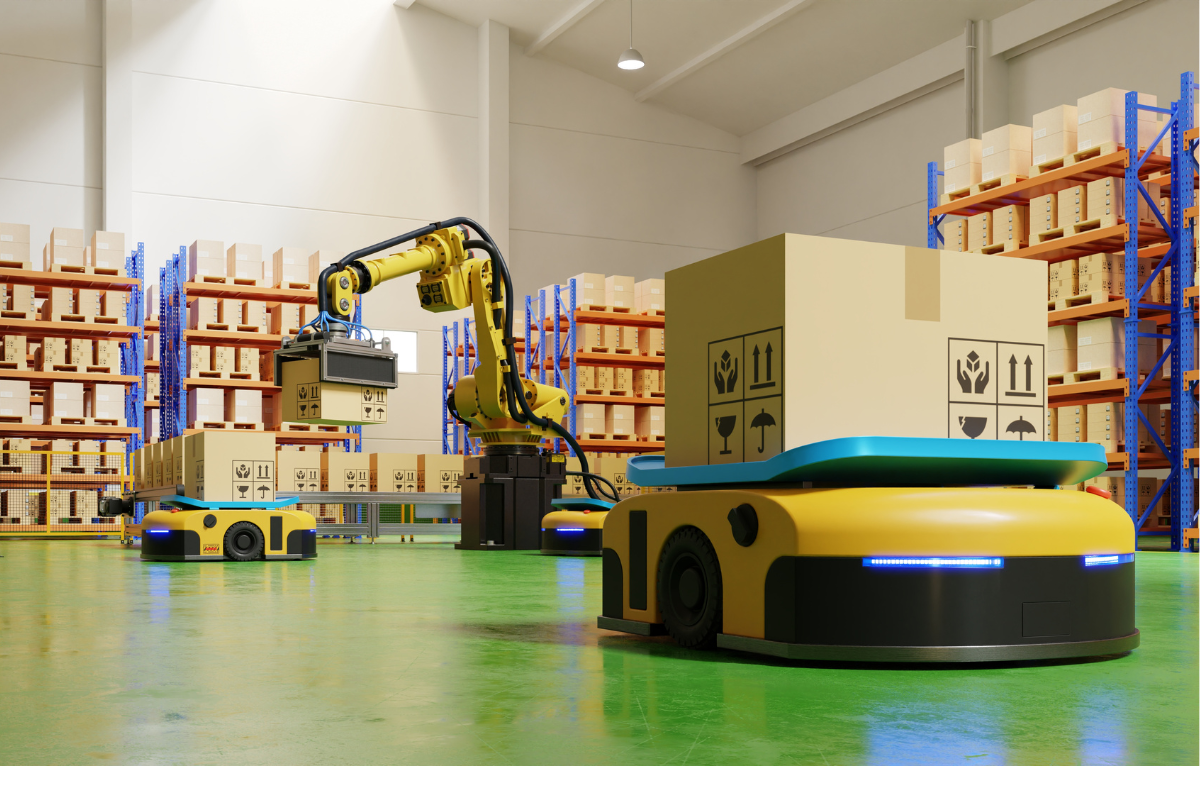
As warehouse costs continue to climb, supply chain leaders are increasingly turning to vertical expansion and automation to maximize space and offset labor shortages. Integrating

As rising costs and shifting demands reshape global logistics, predictive and prescriptive analytics are emerging as critical tools for staying ahead. Beyond simply forecasting disruptions,

AI can accelerate decisions and boost efficiency, but when there’s no “off” button, even small missteps can cascade into systemic failures. As supply chain automation
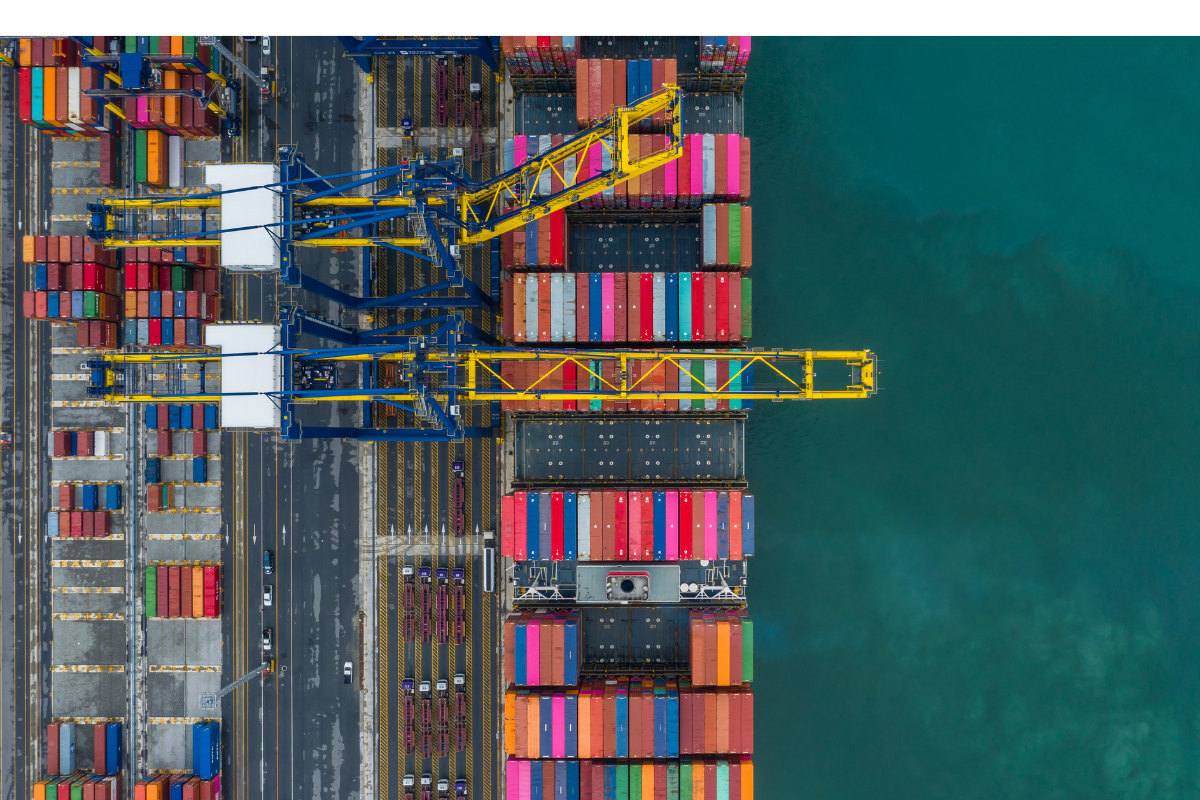
Nearshoring, the relocation of manufacturing or supplier networks closer to end markets, has become a strategic imperative for global businesses navigating trade volatility, supply chain
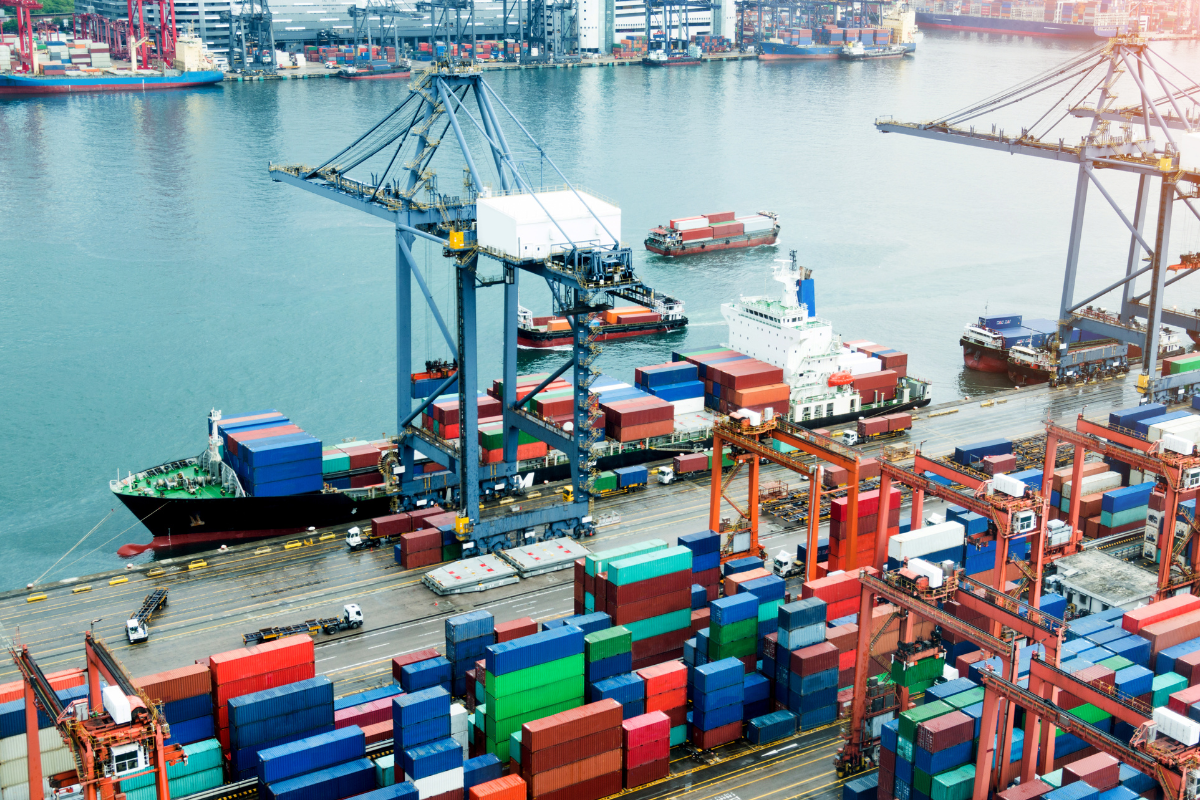
Nearshoring offers clear advantages in today’s disrupted trade landscape, but it demands more than just proximity. A continuous, data-driven procurement approach is proving essential for
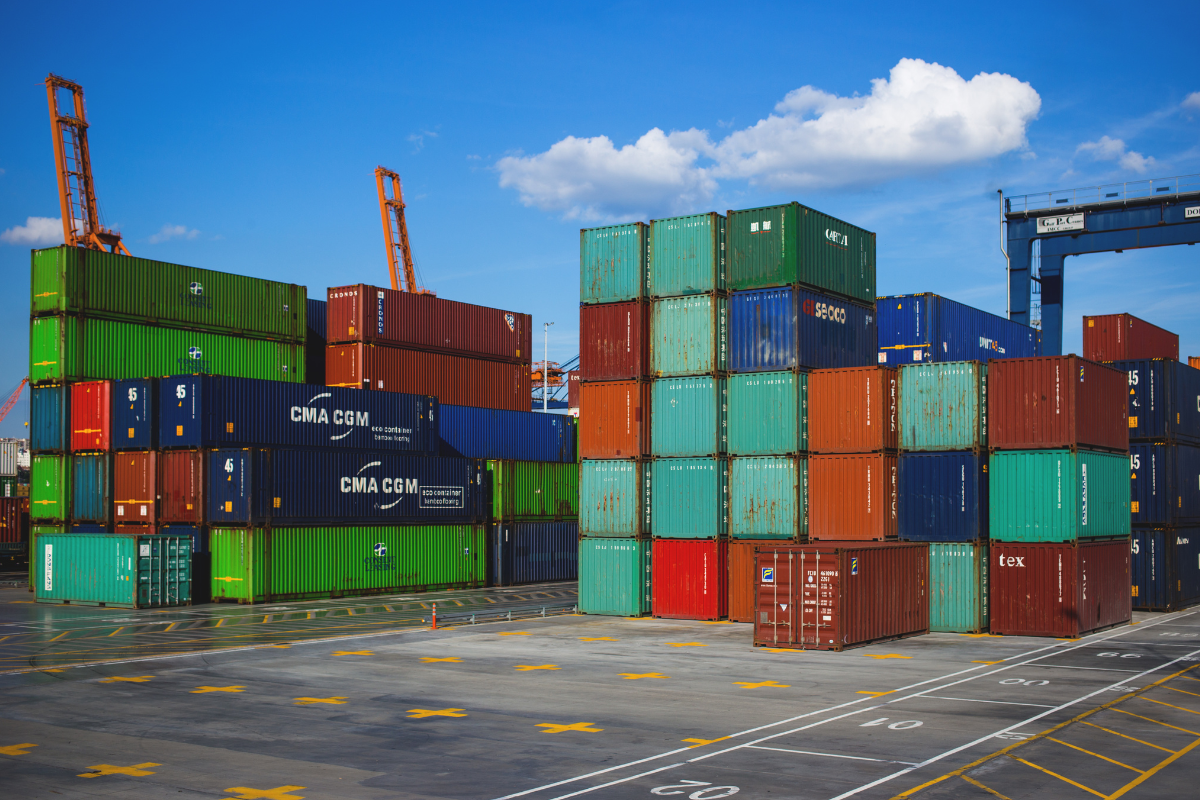
The UK has emerged as Europe’s digital manufacturing leader, with its manufacturers weaving artificial intelligence (AI) into daily operations and redefining the future of factory

Procurement functions have long relied on demand forecasts as the backbone of sourcing strategies, using them to shape order volumes, contract terms, and supplier commitments.

Amid intensifying trade friction and shifting global sourcing priorities, Mexico’s nearshoring ambitions are drawing renewed focus, driven by its strategic location and trade-friendly frameworks. Tariffs

As artificial intelligence gains traction in supply chains, companies are emphasizing its role in supporting, not supplanting, human workers. Companies like Amazon, Walmart, and Toyota

Costco has held prices steady on essentials like bananas and pineapples, absorbing margin hits to shield members from tariff impacts. The move reflects a pragmatic

As warehouse costs continue to climb, supply chain leaders are increasingly turning to vertical expansion and automation to maximize space and offset labor shortages. Integrating

As rising costs and shifting demands reshape global logistics, predictive and prescriptive analytics are emerging as critical tools for staying ahead. Beyond simply forecasting disruptions,

AI can accelerate decisions and boost efficiency, but when there’s no “off” button, even small missteps can cascade into systemic failures. As supply chain automation

Nearshoring, the relocation of manufacturing or supplier networks closer to end markets, has become a strategic imperative for global businesses navigating trade volatility, supply chain

Nearshoring offers clear advantages in today’s disrupted trade landscape, but it demands more than just proximity. A continuous, data-driven procurement approach is proving essential for

The UK has emerged as Europe’s digital manufacturing leader, with its manufacturers weaving artificial intelligence (AI) into daily operations and redefining the future of factory

©Your trusted source for cutting-edge insights, best practice frameworks, and the latest news tailored exclusively for Supply Chain leaders.
Part of 360 Intelligence Ltd